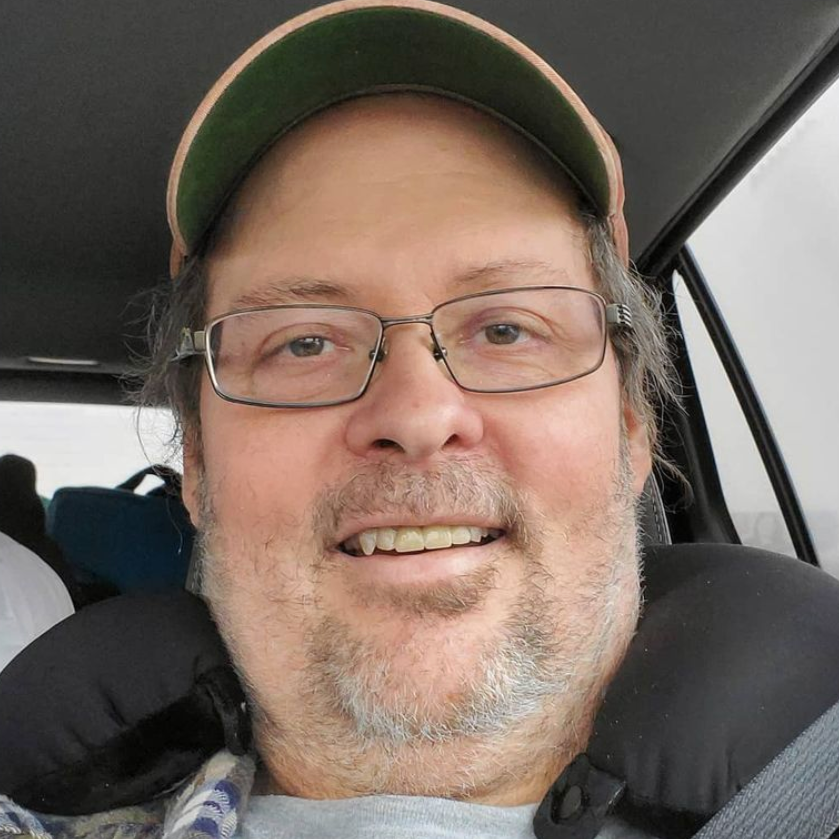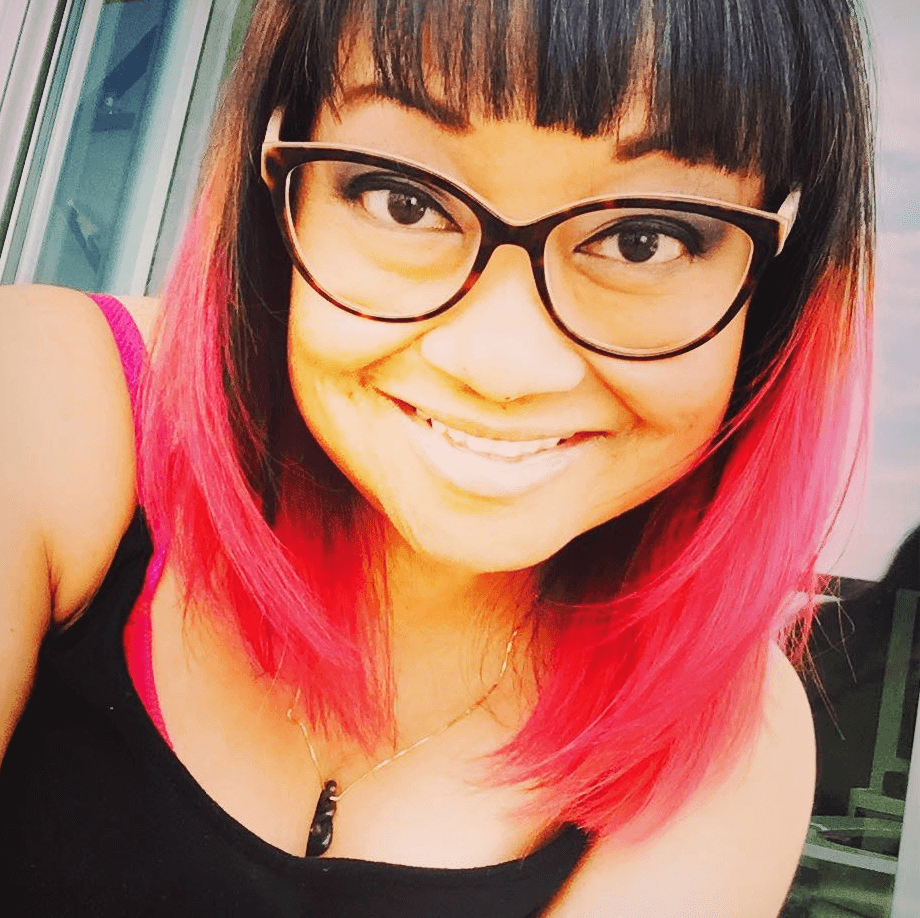Michelle’s Multiple Myeloma Story
Interviewed by: Taylor Scheib
Edited by: Chris Sanchez
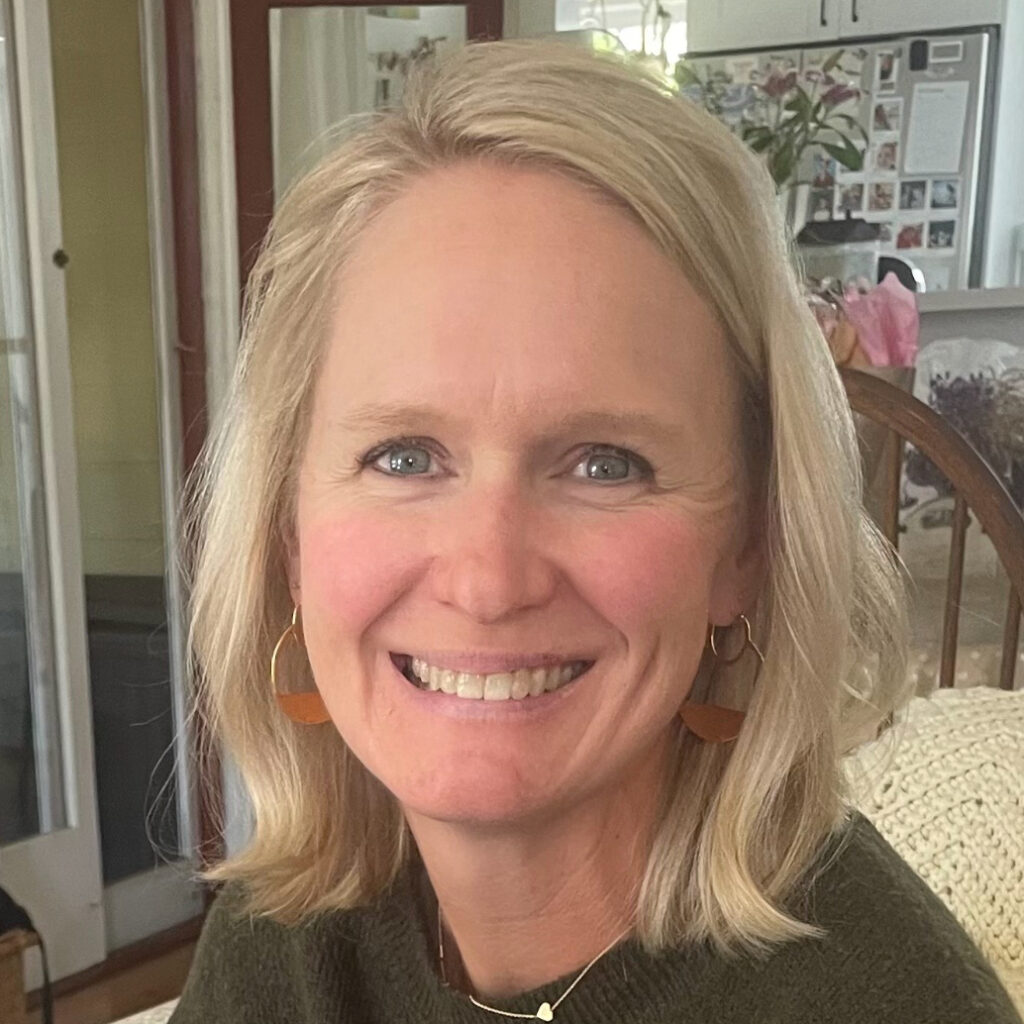
Michelle received a multiple myeloma diagnosis in 2016 at age 35, transforming her life. As a mother of two young boys, she shifted her focus to getting better and raising her sons by participating more fully in their lives, giving up outside work to prioritize her health and time with family.
Michelle’s path to diagnosis was long and frustrating. She initially experienced back pain and sinus infections, dismissed as postpartum symptoms. A spinal compression fracture and unexplained weight loss also went undiagnosed. Persistent symptoms, including painful skin scabs and severe stomach pain, finally led her physician to conduct thorough tests, uncovering her multiple myeloma diagnosis. Initially unfamiliar with the disease, Michelle faced fear and uncertainty, especially given its association with older adults. Support from her family helped her cope with the challenges ahead.
Michelle’s treatment journey began with 4 months of therapy, followed by a stem cell transplant. However, her remission was short-lived, and her numbers increased before the standard 100-day recovery mark. This setback forced her to explore further treatments. Despite the physical and emotional toll, she found strength in her family, especially her children, who motivated her to persevere. For 7 years, she responded well to a new therapy. She is presently MRD positive but has not fully relapsed.
Currently, Michelle navigates treatment fatigue and side effects from her therapy. Though the path has been difficult, she remains determined to fight for her children’s sake. She took a summer off treatment, which provided valuable rest and time with her family, but she continues to balance hope with the mental strain of ongoing treatments.
Michelle emphasizes advocacy and informed decision-making for other patients. She stresses the importance of finding specialists, conducting personal research, and building relationships with care teams. Her experience highlights the value of multiple opinions, especially for a progressive disease like multiple myeloma with varied treatment responses and side effects. She credits her hematologist, Dr. Costello, with maintaining her quality of life while tackling cancer. Michelle also actively supports the Multiple Myeloma Research Foundation (MMRF), and works with them to raise funds and awareness to advance research and treatments.
Michelle’s journey has changed her perspective on life. She treasures each moment with her family and encourages others to live fully and focus on positives. Her story offers resilience, hope, and practical advice for those navigating cancer, underscoring the importance of personal advocacy and embracing life’s beauty despite challenges.
- Name:
- Michelle C.
- Diagnosis:
- Multiple Myeloma
- Initial Symptoms:
- Back pain
- Sinus infections
- Painful and itchy scabs
- Stomach pains
- Weight loss
- Treatments:
- First line treatment
- Stem cell therapy
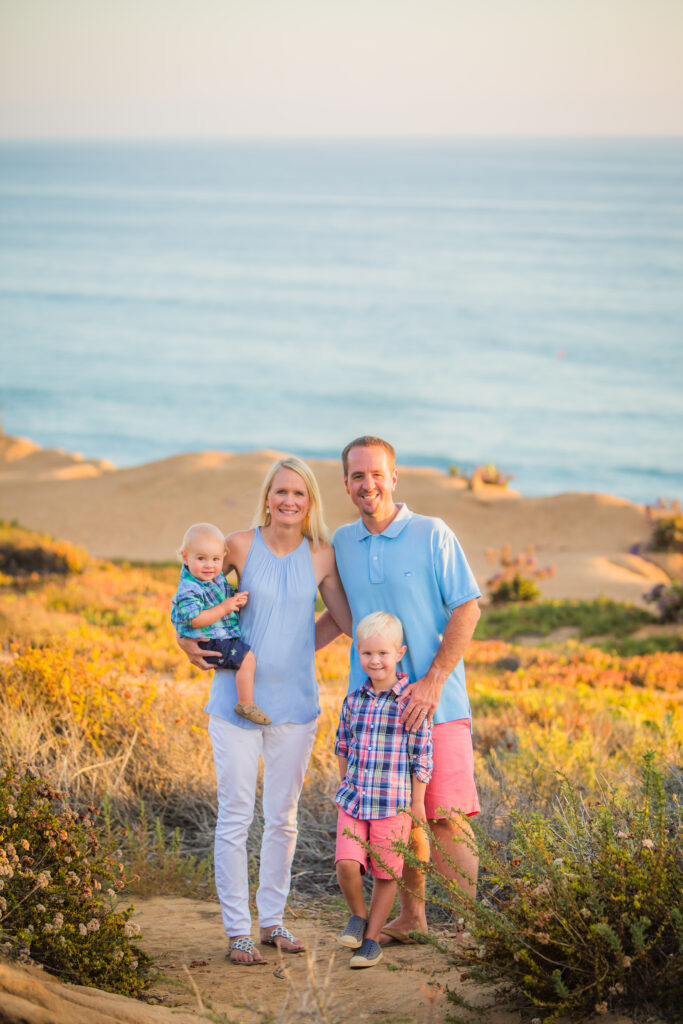

Thank you to Sanofi for supporting our patient education program. The Patient Story retains full editorial control over all content.
This interview has been edited for clarity and length. This is not medical advice. Please consult with your healthcare provider for treatment decisions.
Focus on the positives, look for the wonders in life.
Hopefully, that joy and beauty will get you through the hard times.
Introduction
Hi. My name is Michelle. I was diagnosed with multiple myeloma in 2016 at the age of 35.
I love to read and run and hike. I enjoy being outdoors with my family.
I have two sons that are currently 13 and 9; they were 1 and 5 when I was diagnosed. I’m a stay at home mom to them and do a lot of work with their school, their sports, and the organizations they belong to, like the Cub Scouts and Boy Scouts.
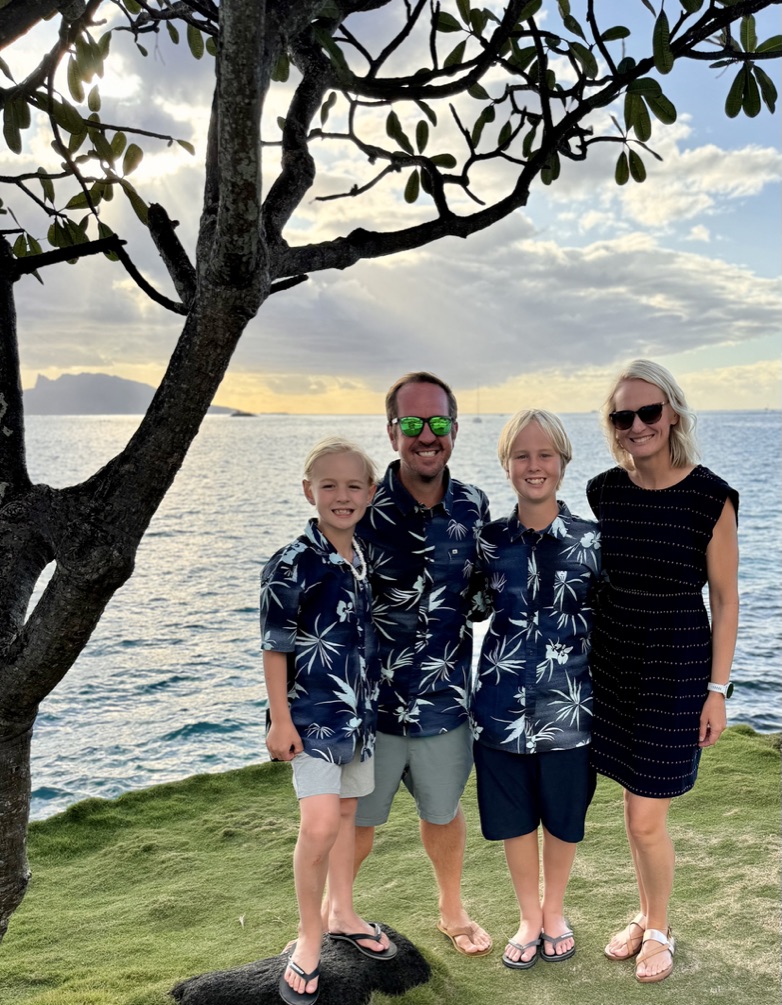
So I’m fully immersed into mom life, especially after the cancer diagnosis. It was just kind of important to me to be there for them, as well as not take away from all the other things. If I did work, I would have to get treatment in the evening, which would mean I would have zero time with them. So I’ve focused my energy on being a patient and a mom.
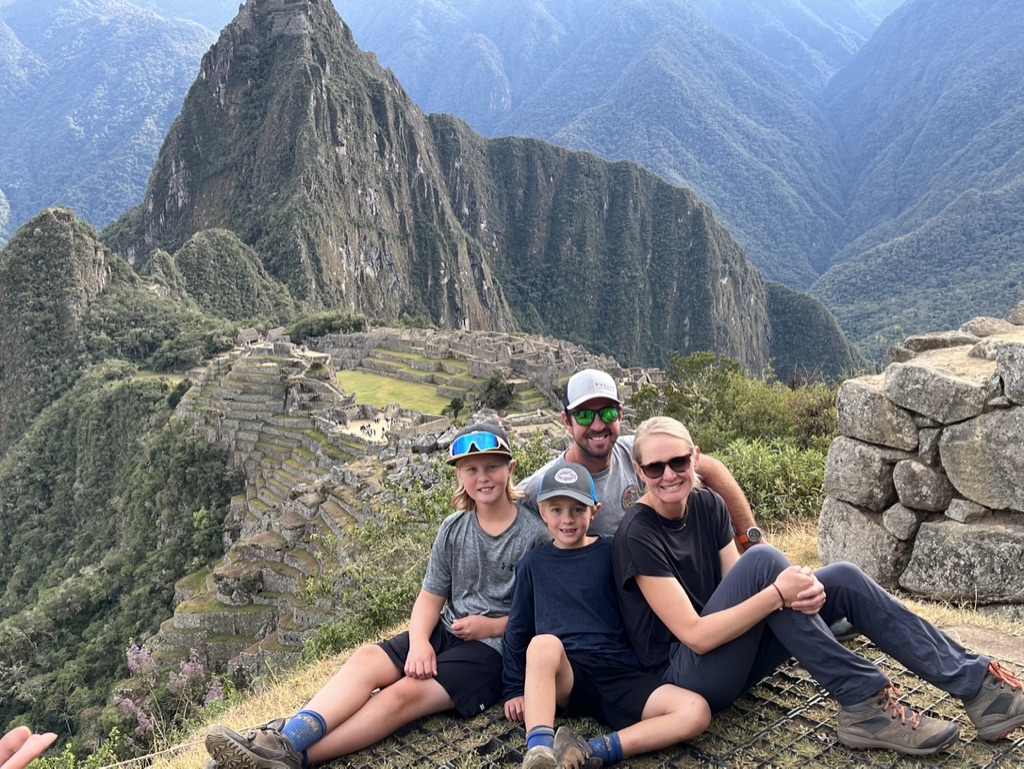
Pre-diagnosis
It was a long process to get to my diagnosis.
I first started complaining of back pain, and the doctors kept brushing it off as being postpartum and that my back wasn’t strong from carrying my son. And then I started getting sinus infections. But then things kind of progressed.
Later in the year, I ended up having a spinal compression fracture that didn’t get diagnosed either. And I kept saying, I can’t stand up in the morning. The doctors just said, let’s do some physical therapy.
And then I started getting these scabs all over my body, which were painful and itching—not really usual for multiple myeloma patients. I finally saw the dermatologist and she started looking into things.
While that was happening, too, I was experiencing these extreme stomach pains that would only last for short periods of time. I was also experiencing a lot of weight loss, which they said that was from breastfeeding.
And I tried to run again, and I couldn’t even make it down the block.
Diagnosis
Well, finally, I said, there’s definitely something wrong. You need to find out what’s wrong with me.
And my general physician did a whole slew of tests, and also made appointments with other doctors.
My GP just threw on everything that he could possibly think of. I had a CAT scan on my stomach. We ended up doing a whole X ray.
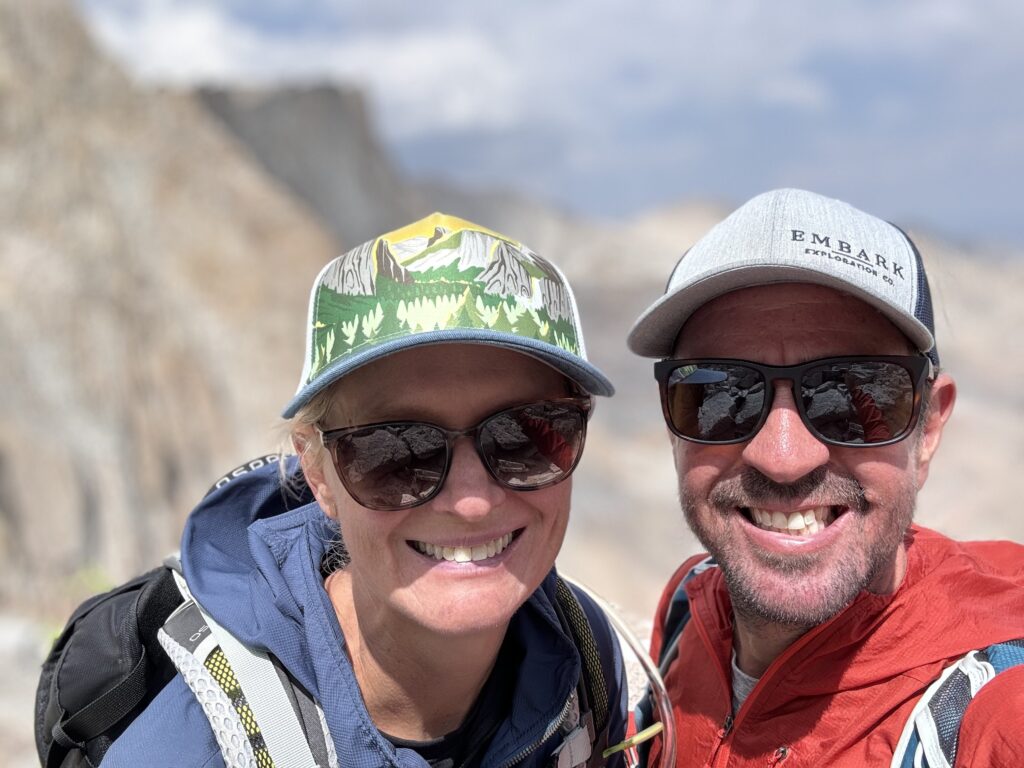
And that was when we discovered that, oh, you did have a compression fracture that’s now healed. I was like, thank you. I’m not crazy.
And when the doctor finally said, you have multiple myeloma, I was never expecting the test for it to come back as positive.
Hope was definitely a part of my vocabulary during those tough moments.
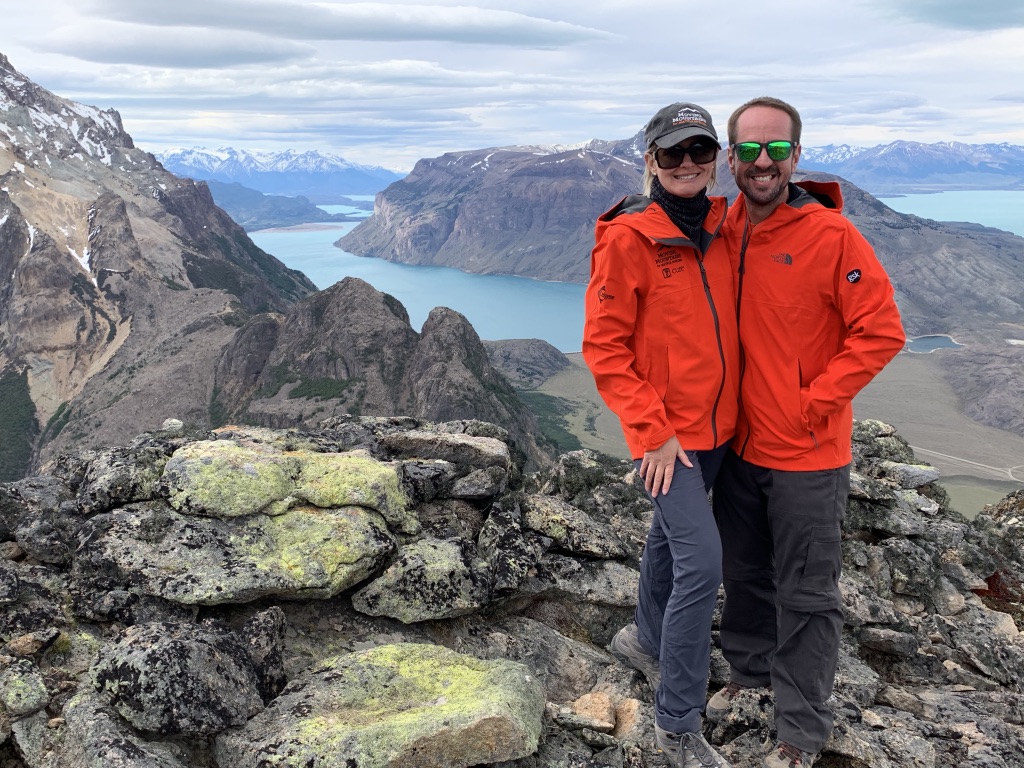
Reaction to the Diagnosis
At first, I didn’t even know what multiple myeloma was.
So I’m like, is that cancer? And the doctor says, yes, it’s a blood cancer affecting the plasma cells.
Obviously it’s utter shock. And with my kids so young, I had to find out more about it.
I started Googling things, and found out stuff, like, this is a disease of the elderly. And at the time, the prognosis for multiple myeloma was not good. And so I was very scared, very nervous.
Luckily, the doctor was able to get me to see a hematologist oncologist that day, where I got my first bone marrow biopsy. But we also made other calls to some doctors that we knew in the area.
We would ask stuff like, if this was your wife who was sick, who would you going to go see in San Diego? And everyone led me to Dr. Costello.
Support from family
I was very fortunate that everyone was so supportive.
My mother literally dropped her life and flew down that day and lived with us for a year. She got us through the first year of just doing the treatments, going to the doctor’s appointments. Helping when I had my stem cell transplant.
We wouldn’t have made it without her.
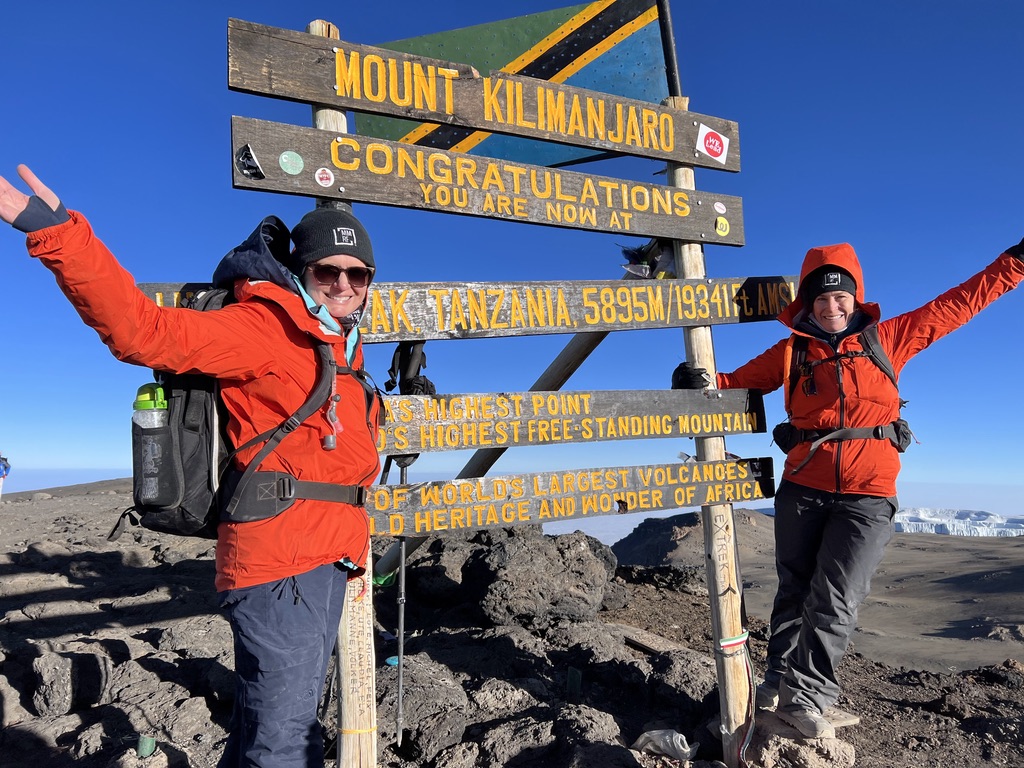
And when I was confined for days in the hospital, my husband stayed with me most of the time. It was really nice to have him there.
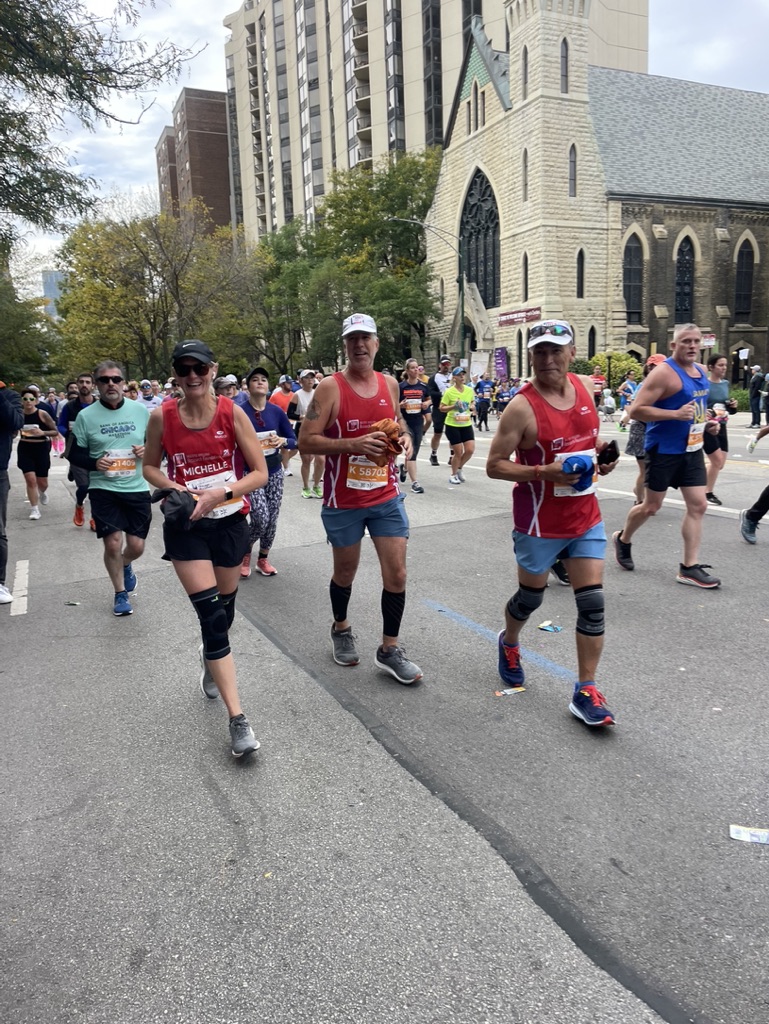
Treatment
I did 4 months of initial treatment. And it worked fairly well, so they decided to proceed with a stem cell transplant after that.
The stem cell transplant process was not easy by any means, but I think I was prepared for it mentally, so I got through it.
For me, the hardest part was actually the retrieval of the stem cells. I was super uncomfortable getting the port in. And I ended up having it taken out before I went into the hospital, because my body just was having a hard time adjusting to it. So it just was kind of a weird experience for me.
Unfortunately, I was one of the stem cell patients for whom even before the 100 day marker, my numbers started increasing again.
What happened with me is that my white blood cell counts never actually hit zero. And possibly because the treatment didn’t work, I didn’t really feel that awful. People say that on the day that your white blood cell counts go down to zero, you can’t lift your head, and that didn’t happen. I was fatigued and tired, and but I never got that awful feeling where I couldn’t lift my head off the pillow.
So I wasn’t impacted so badly by the treatment. But of course, I was devastated. You know, you go through this whole process, which is a lot of work and not only on me, but on the whole family—and it doesn’t work. So it was back to the drawing board. That point might have been the hardest point for me.
I was wondering at that point, am I just going to blow through all these other treatments?
We kind of let my body recover a little bit more from the stem cell transplant before proceeding with a second kind of line of treatment.
Luckily, it did really work for me, and I was on it for 7 years. I was MRD negative for those 7 years.
Reaction to the Treatment
Mentally, I didn’t handle the frustrating moments very well. I mean, because I kept thinking about what was at stake. I want to see my children grow up. So that was really hard for me.
But actually, just focusing on the kids also gave me strength. And being reassured by my doctor that I shouldn’t worry and that we’d find something.
Those things really helped get me through that tough time.
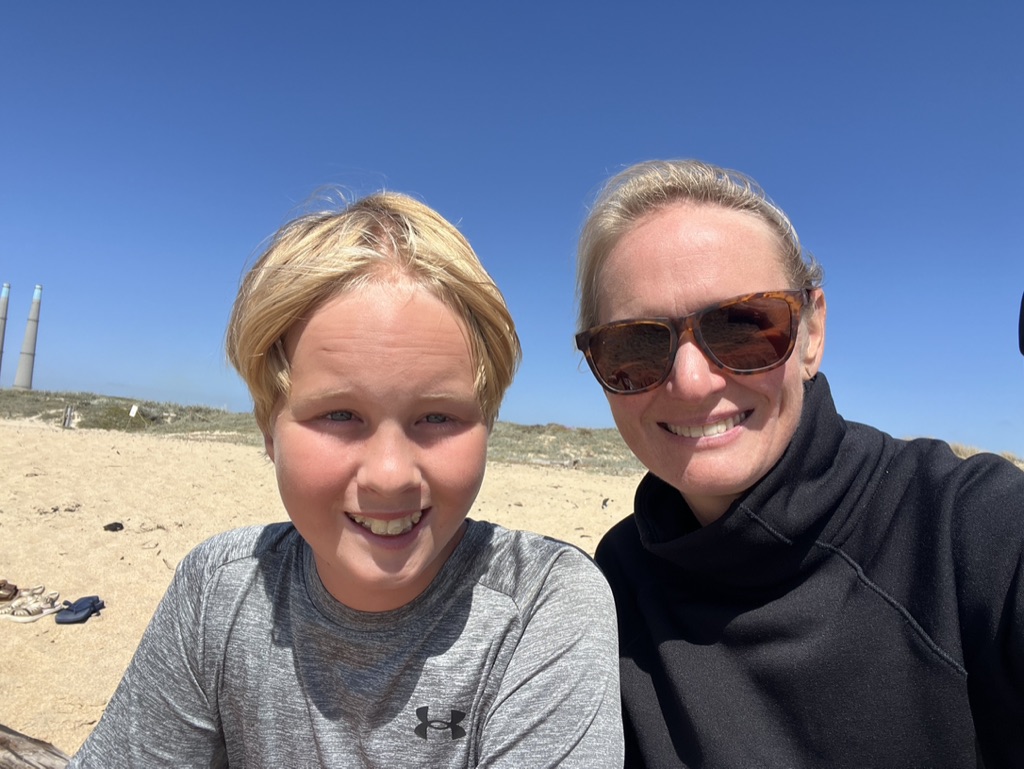
So, hope was definitely a part of my vocabulary during those tough moments. I’m so thankful for all the treatments and lines of therapy and all the work that everyone does to advance the treatments for this and to look for a cure.
I really kind of dove into the MMRF, the Multiple Myeloma Research Foundation. And I take part in a lot of their events helping raise funds for research. That’s kind of my important contribution for people and patients of the future.
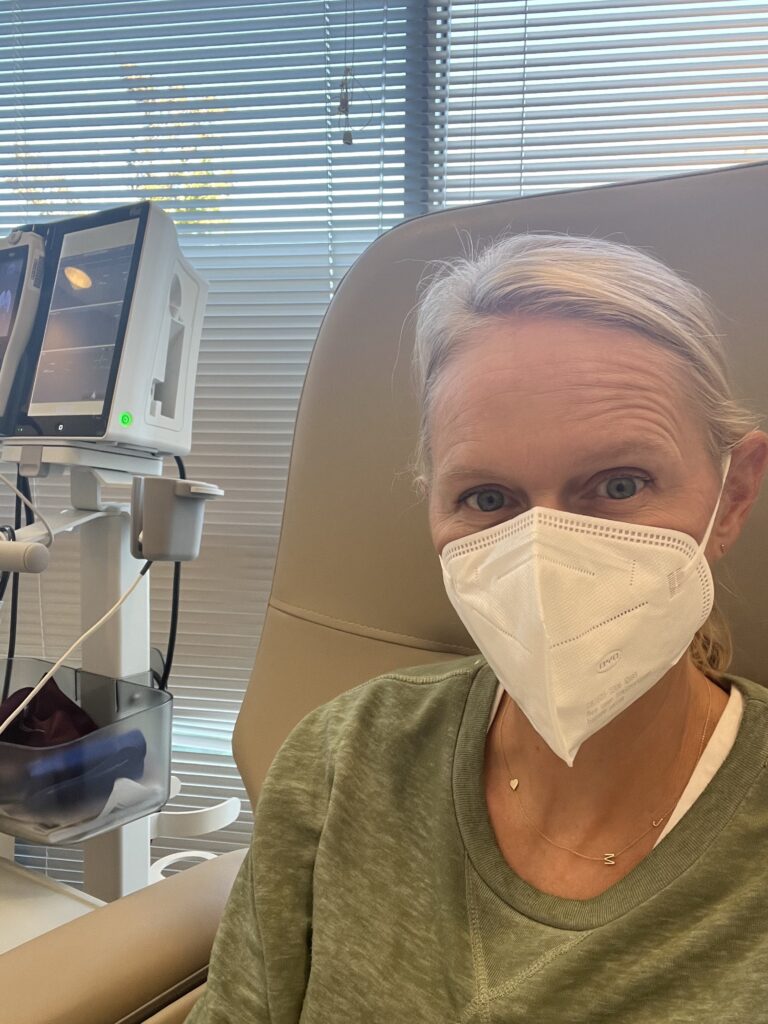
Present Situation
I mentioned that I’ve been MRD negative for 7 whole years. But this last January my numbers started to come up again.
I’m MRD positive, but not quite in full relapse yet.
So it was time for us to try something new and target to get my numbers back down to hopefully being MRD negative again. I was also kind of tired of the treatment that I was on as well.
So we took the summer off.
Not being on any treatment for the first time in years for a few months was a little nerve-wracking for me, but I definitely enjoyed my summer with my kids. It was really nice to not have to worry about getting into the infusion center.
And now I’m in the process of trying some new treatments, and some of them aren’t going as expected. And I’m having a lot of side effects, too. So we’re navigating those side effects and seeing if I can end up tolerating them.
Treatment fatigue
I’m definitely in a treatment fatigue phase, and I have been in it for a little bit.
So the mental aspect for me is really tough right now, to be honest. Especially since some of what we’re trying isn’t going as planned and isn’t having the results we’re hoping for.
And it’s very hard navigating it mentally because it’s sometimes it’s just like, do I really want to do this to myself?
But then I look at my kids and I’m like, well, you have to. So that’s just how I get myself through it.
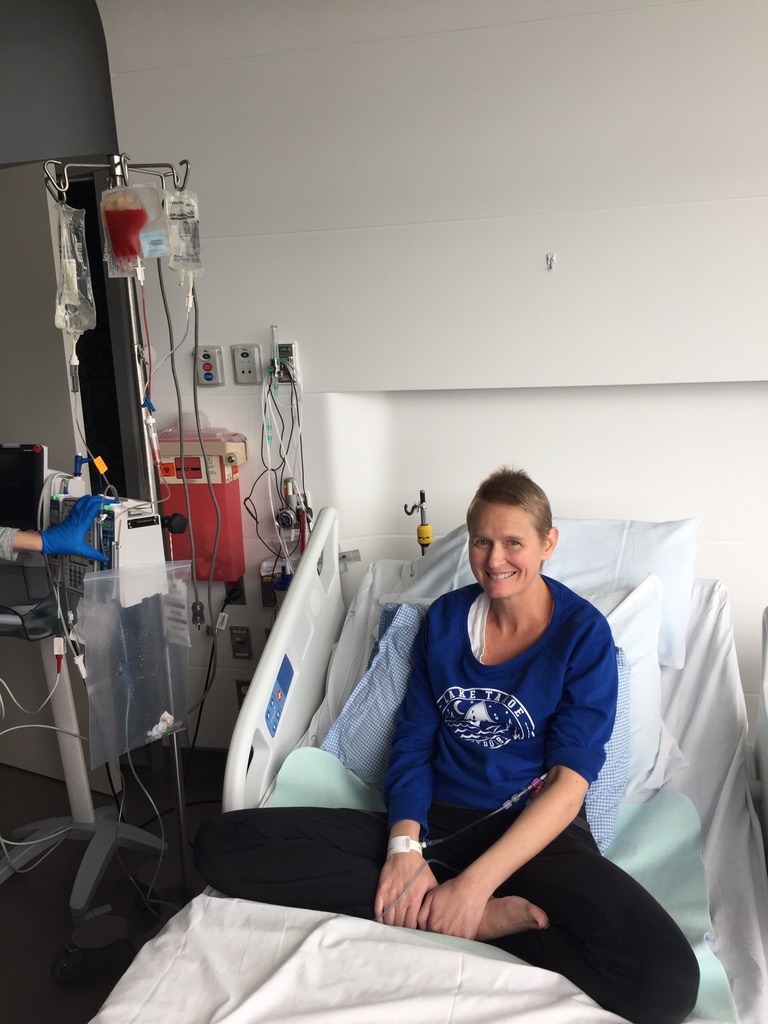
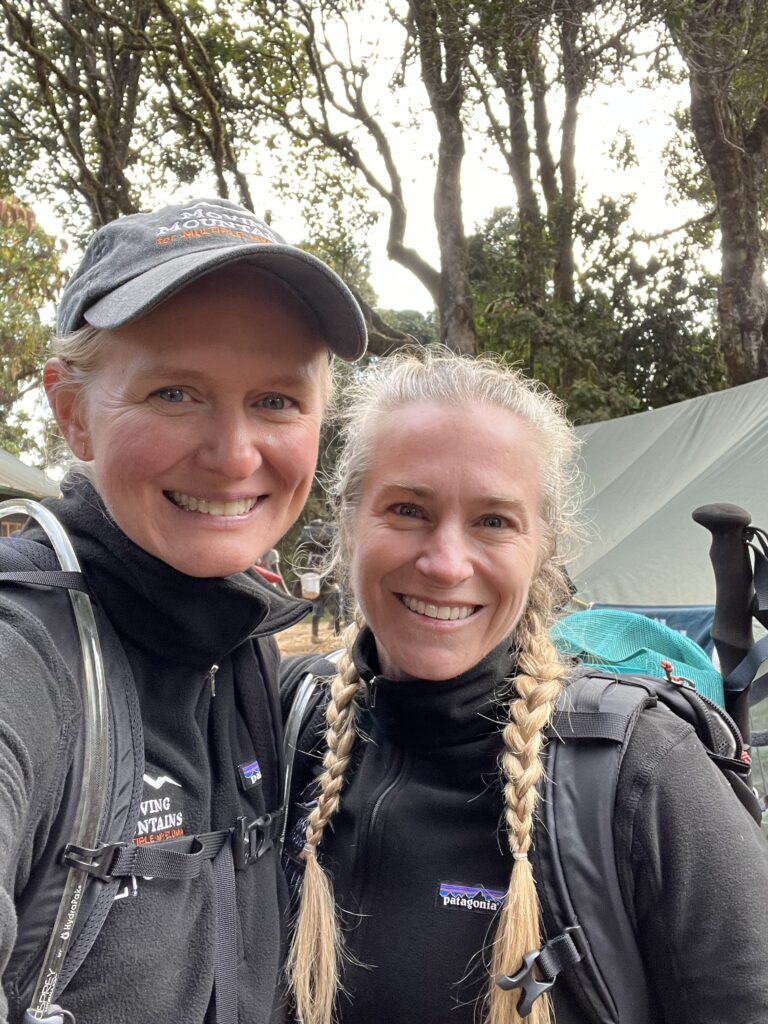
Shifts in perspective
When I think back to who I was before cancer and who I am now, I definitely would say that I have changed, that my life perspective has changed.
I mean, I always wonder how I would be had I not gone through this—like, what kind of mom or person I would be?
For one, I thought I would be more career oriented. I really loved to work, and I love being a mom, too, but I thought I would be a working mom. And I would love to go back to work. I just don’t think that I could handle all of that right now, if that makes sense.
I’m already still exhausted at the end of the day. You know, just being a mom and kind of doing what I do.
I do also think my focus has shifted. You know, you never know what tomorrow brings. And my kids can ask, mom, are you going to die? I’m like, no, I’m not going to die, hopefully not anytime soon. But remember, tomorrow you can be in a car accident.
And that’s kind of just how we have to live our life, right? You treat each other kindly, and live each day to the fullest. And don’t say no to anything.
Advice Michelle has to Offer
Be your own advocate
Do your own research, try to find specialists in your field and doctors that really know and that you trust. But be your own advocate—that is my number 1 piece of advice, because no one’s paying attention to your file like you. So you need to know what is best for you.
Everyone can give advice, but at the end of the day, it’s your life. It’s your health. So make the calls yourself. And that kind of goes along with doing your research.
Know what’s out there and do what you feel is best. And then as far as mental space goes, just focus on the positives, look for the wonders in life and hopefully, that joy and beauty will get you through the hard times.
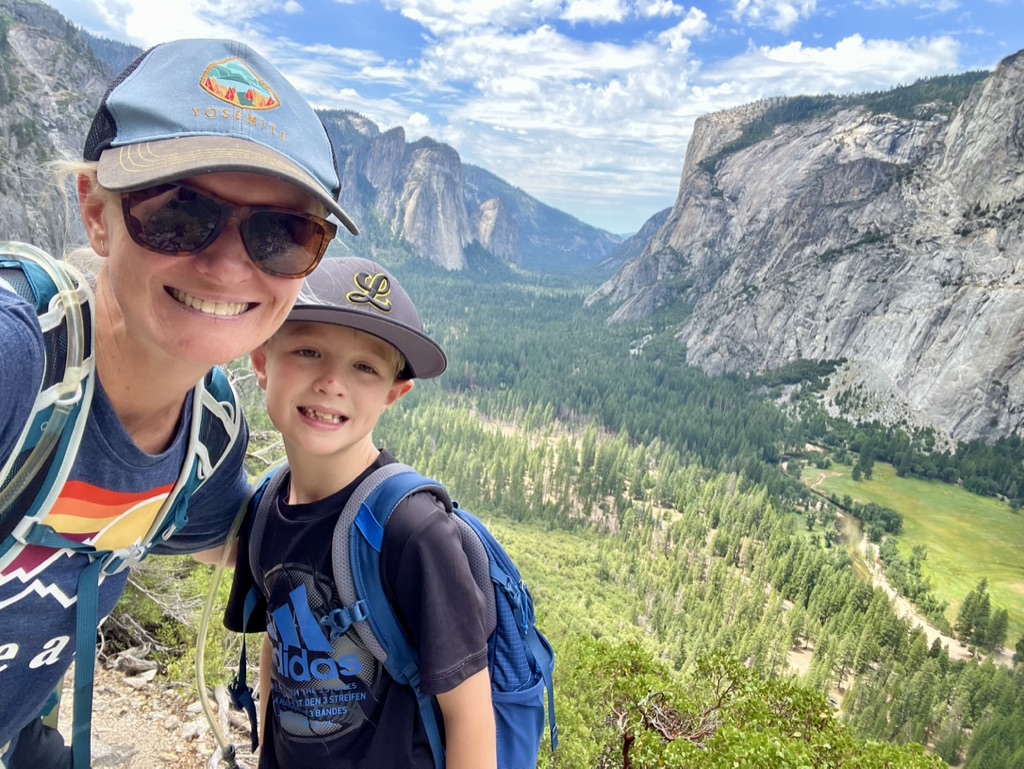
Find a specialist
Also, I want to repeat that it’s just so important to find a specialist, especially in multiple myeloma, where it’s definitely a very specialized cancer and the treatment plans for individuals are so different and everyone’s journey is so different. And, you know, the different types of multiple myeloma can even affect which treatment plan is best for you.
Even if patients don’t live in an area where there is a specialist, hopefully they can travel to one that can, or they can just consult with their local hematologist oncologist. I’ve been lucky where I’ve been able to go to multiple specialists at times, when I needed to make those crucial decisions, get opinions from other specialists as well. And all my doctors have been so open to that.
And I really appreciate that because it’s just such a progressive disease and all the treatments are up and coming and everyone kind of has a different opinion and especially with the side effects, which can be uncommon and doctors don’t always know what to do. So I’ve been getting multiple opinions on how to proceed with those. And that’s really helped as well.
And I also think developing a relationship with Dr. Costello has been such a blessing to me. I’m so glad she’s in my life. I wish it wasn’t for this circumstance, but I do appreciate her because she is just so knowledgeable yet can make all the concepts easy for me to comprehend.
And she places such a key importance on the quality of life. It’s about: how are we going to get the cancer down while you still enjoy your life?
Communicate with your care team
I also have some advice to offer for fellow patients, especially those who also have multiple myeloma, regarding keeping that line of communication open with your care team.
I think just now, especially with kind of the way modern systems work, it’s so easy for the doctors to communicate, even if they’re not in the same system right behind the scenes. And so a lot of things go behind the scenes that I don’t even have to take care of, which is really nice.
Also, I think acknowledging that every doctor has a different opinion and just being open to hearing all the opinions is so crucial, especially because there’s really no right answers in this a lot of times.
So you can take an opinion and let it guide you to make a decision.

Special thanks again to Sanofi for their support of our patient education program! The Patient Story retains full editorial control over all content.
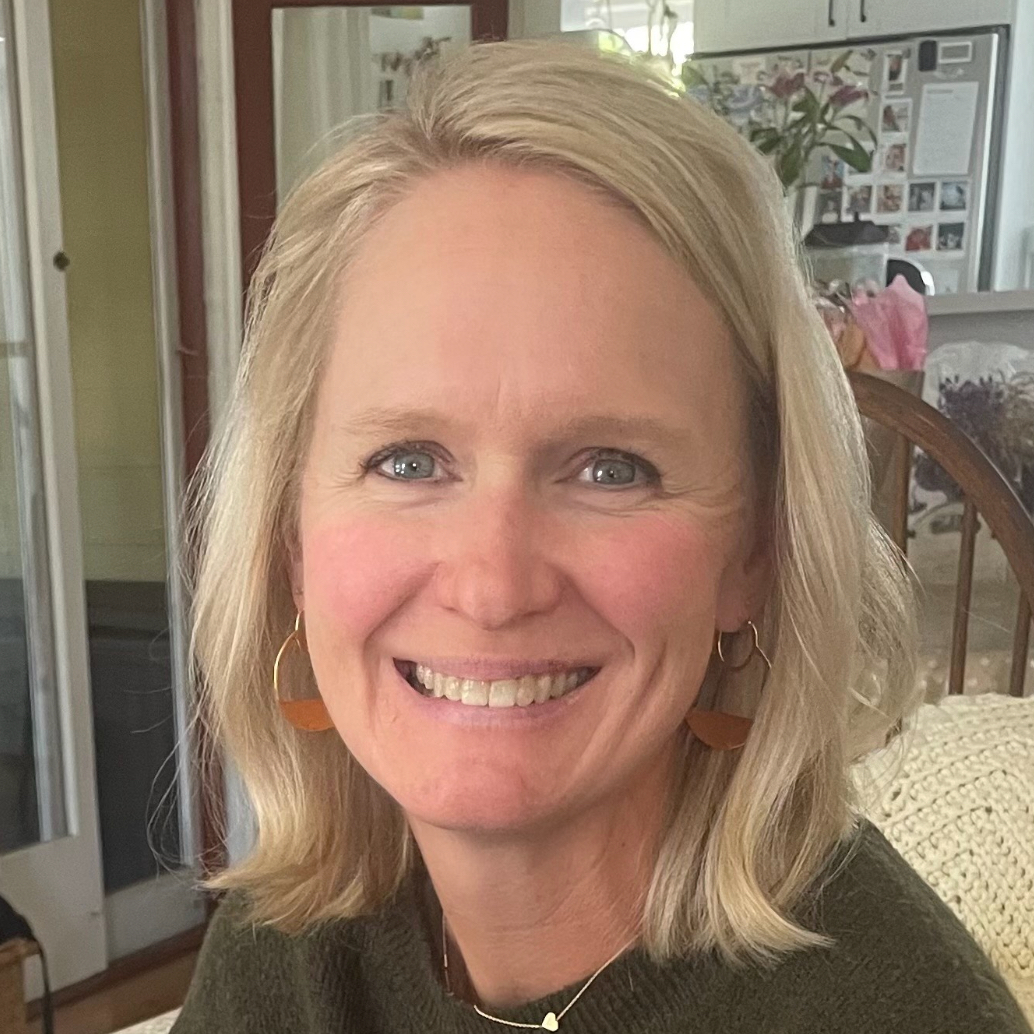
Inspired by Michelle's story?
Share your story, too!
Replay: Michelle’s Partnership with Her Doctor
Related Cancer Stories
More Multiple Myeloma Stories
Tim H., Multiple Myeloma
Symptoms: None that could be identified; cancer found through CT scan for gallbladder removal
Treatments: Chemotherapy, stem cell transplant
Scott C., Refractory Multiple Myeloma, Stage 3
Symptoms: Pain in hips and ribs, night sweats, weight loss, nausea
Treatments: Clinical trial, chemo, kyphoplasty, stem cell transplant
Jude A., Multiple Myeloma, Stage 3
Symptoms: Pain in back, hips and ribs; difficulty walking
Treatments: Bilateral femoral osteotomy, reversal due to infection; chemotherapy


